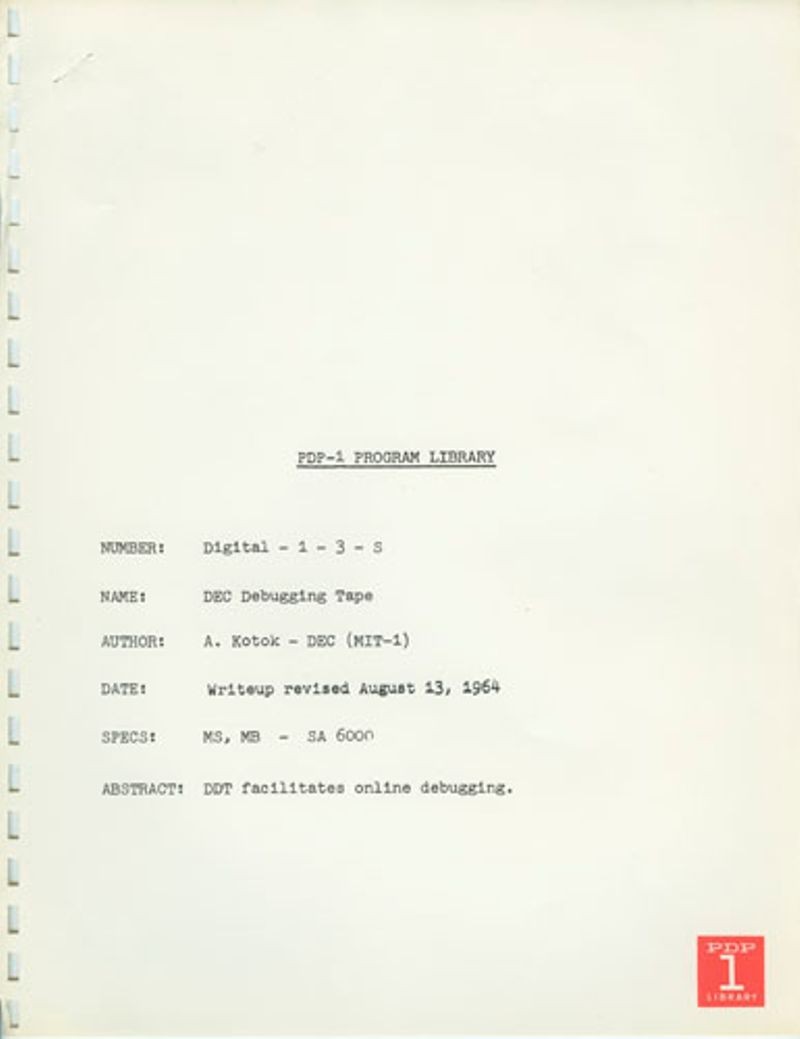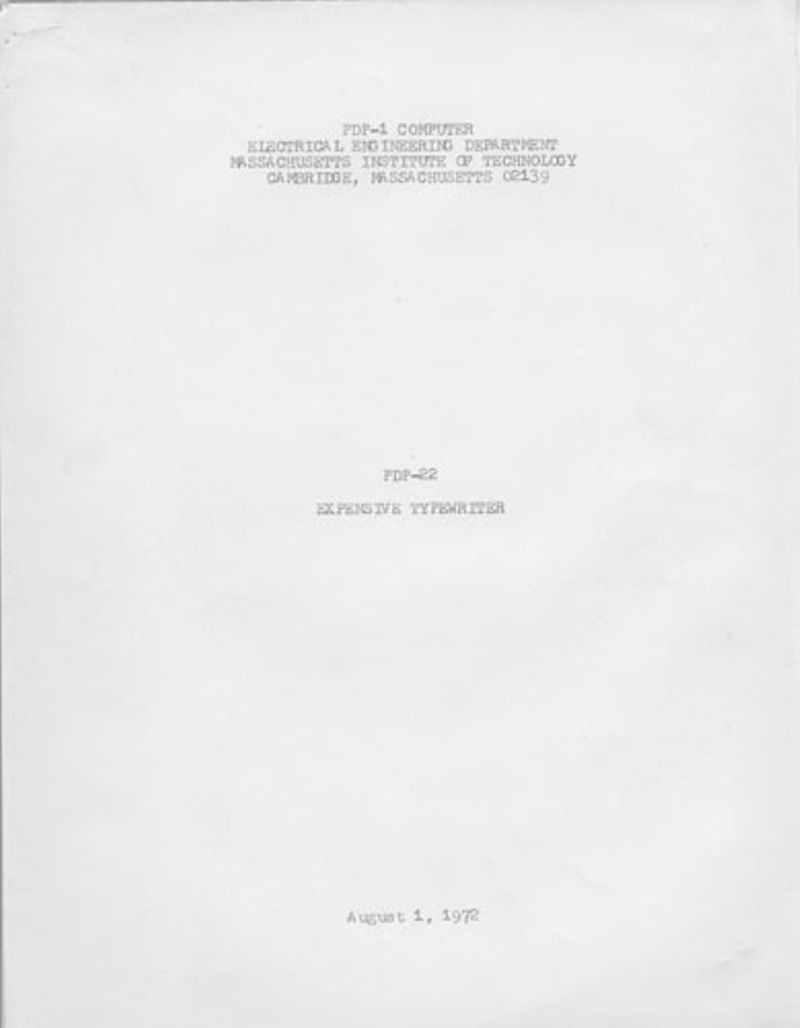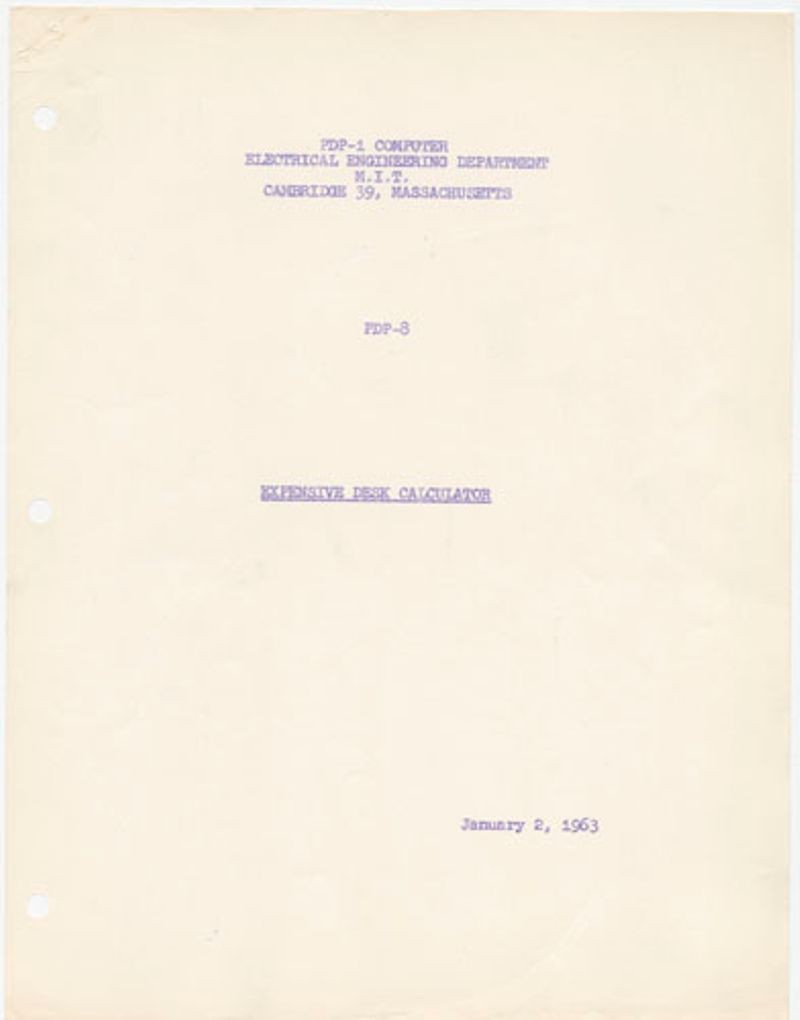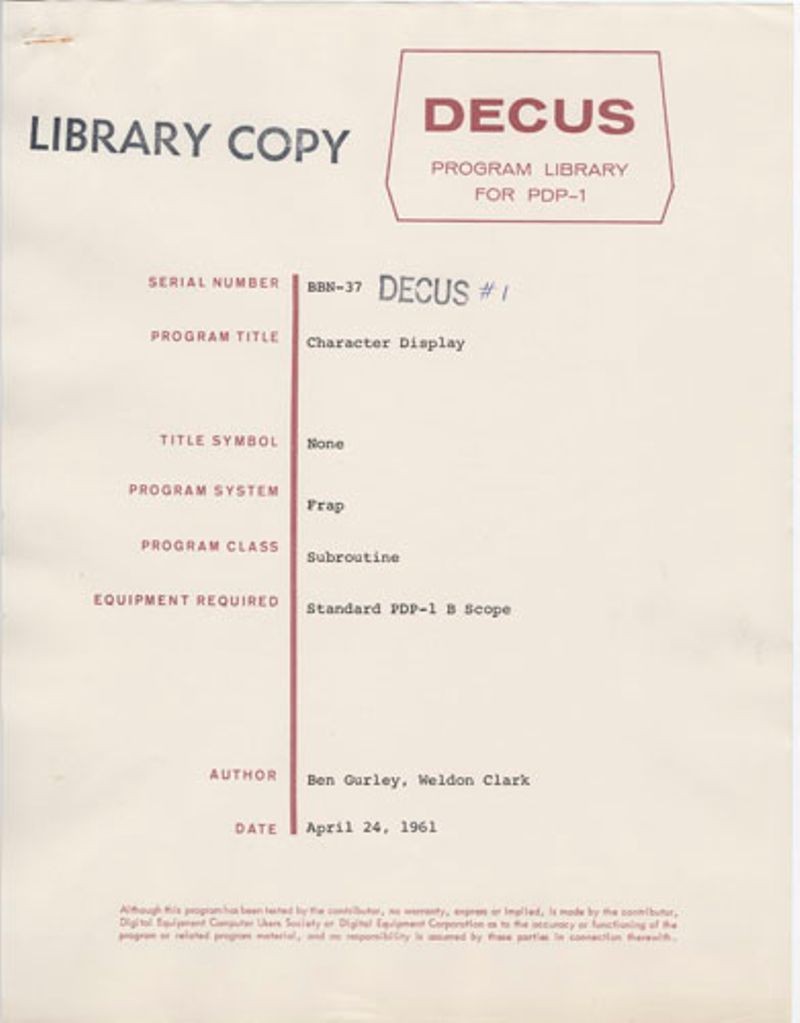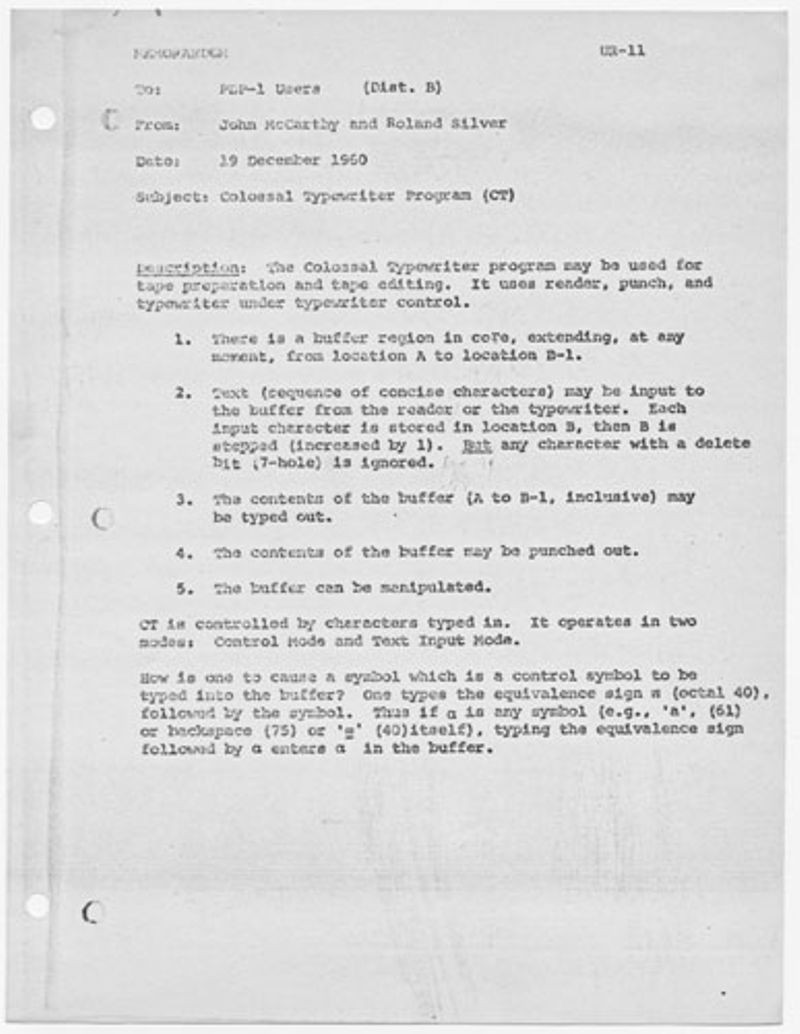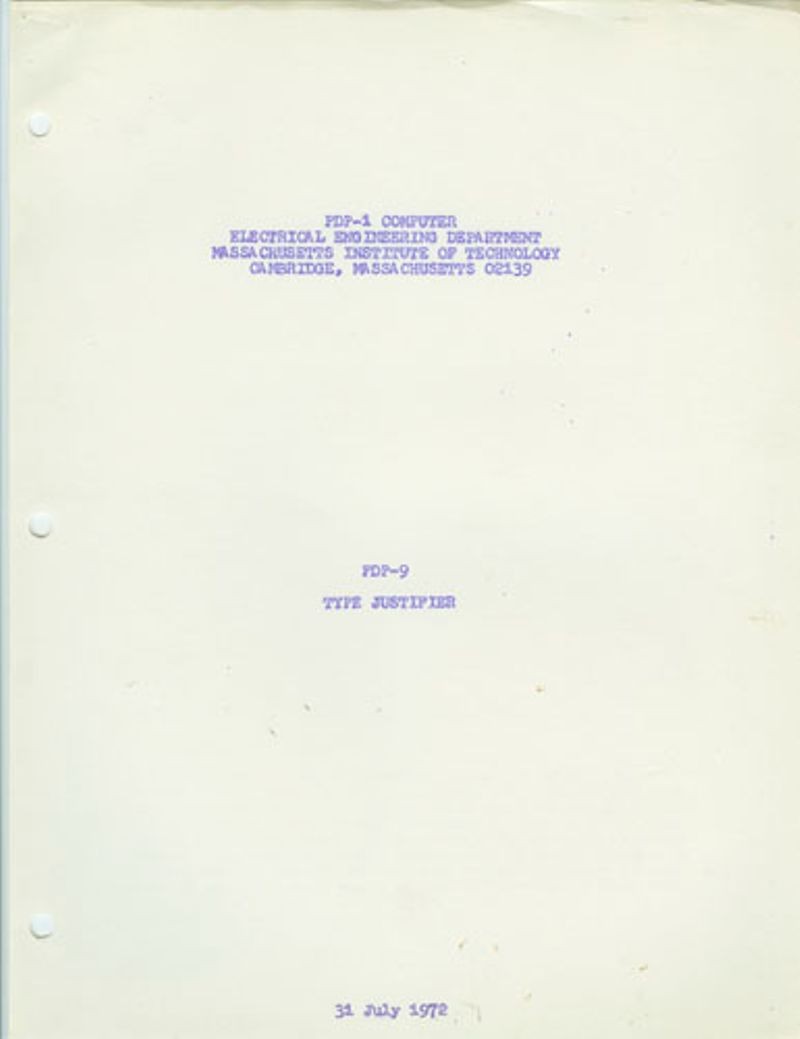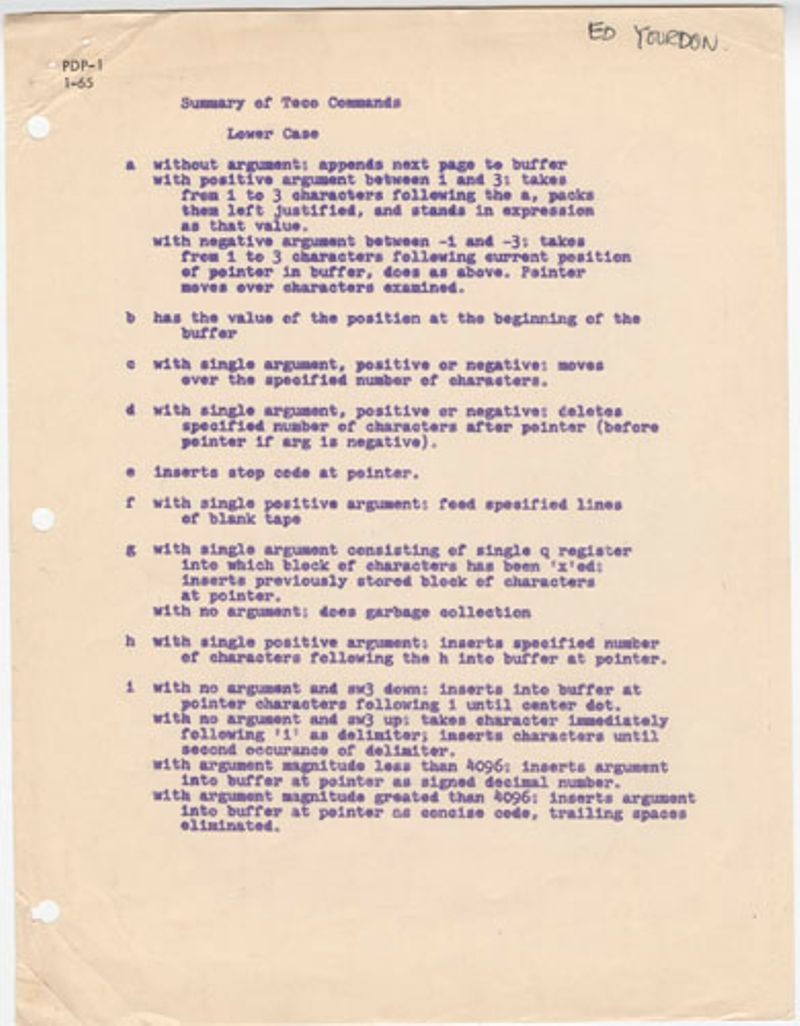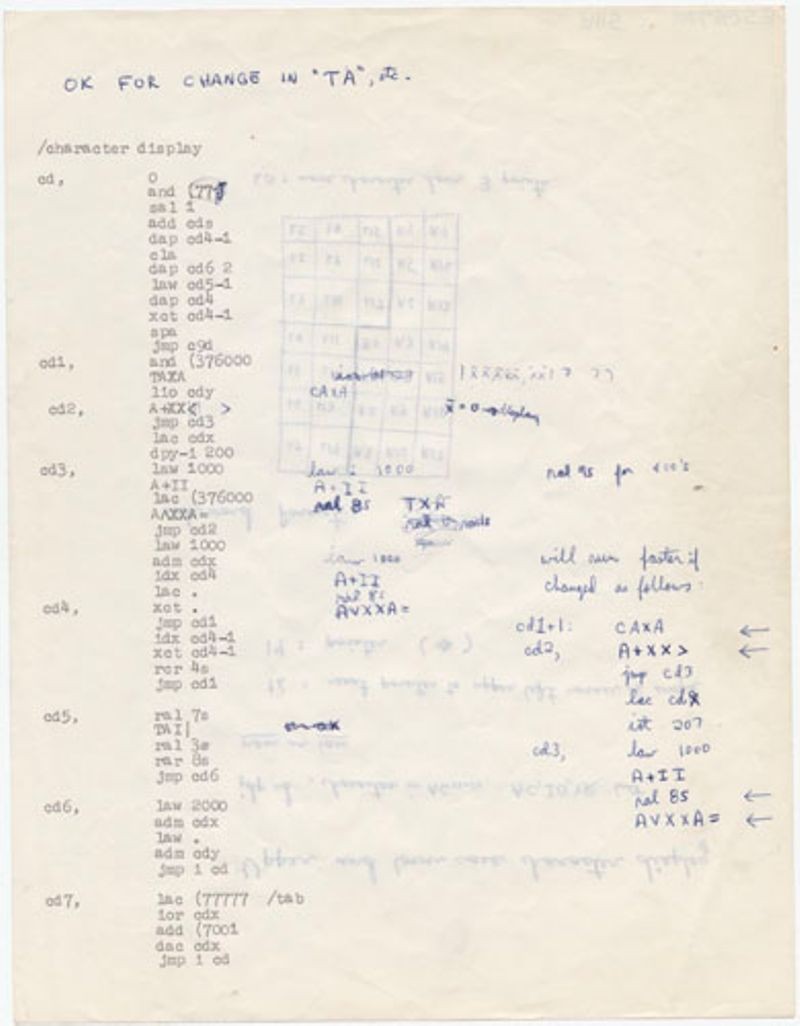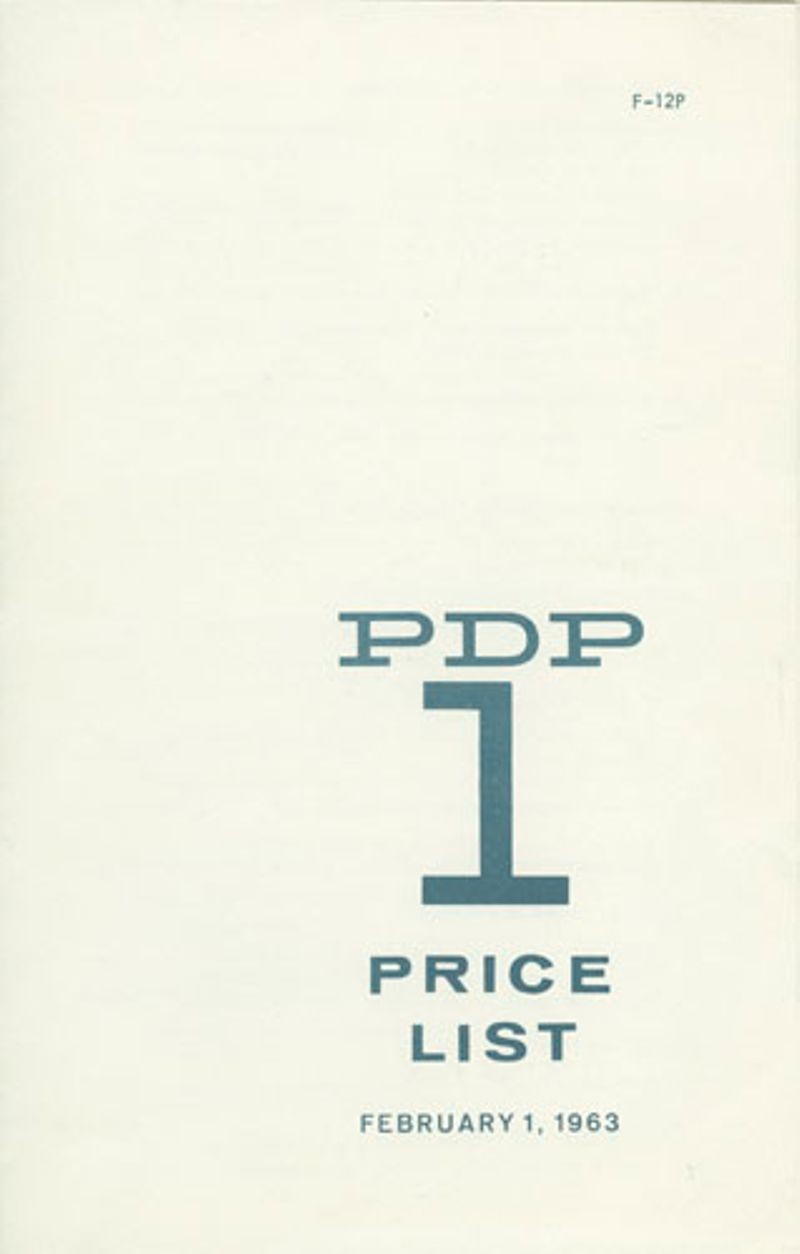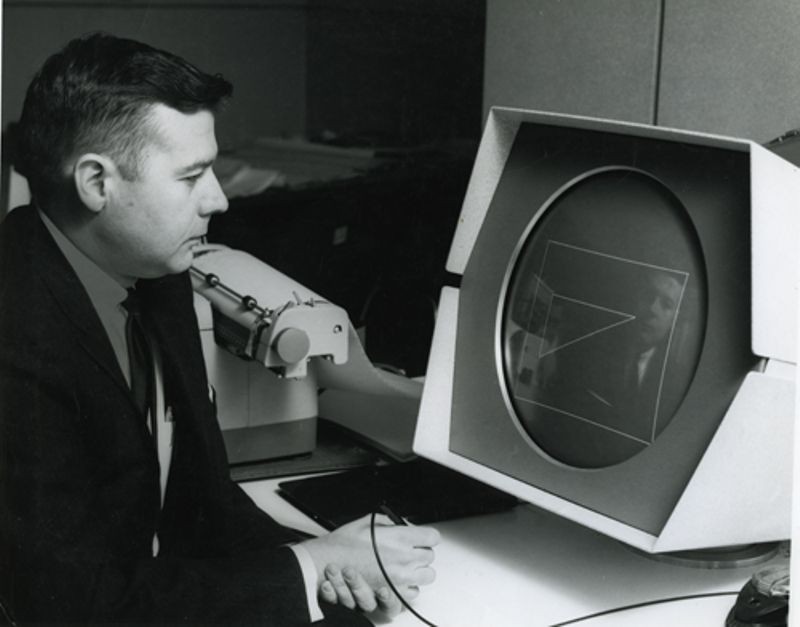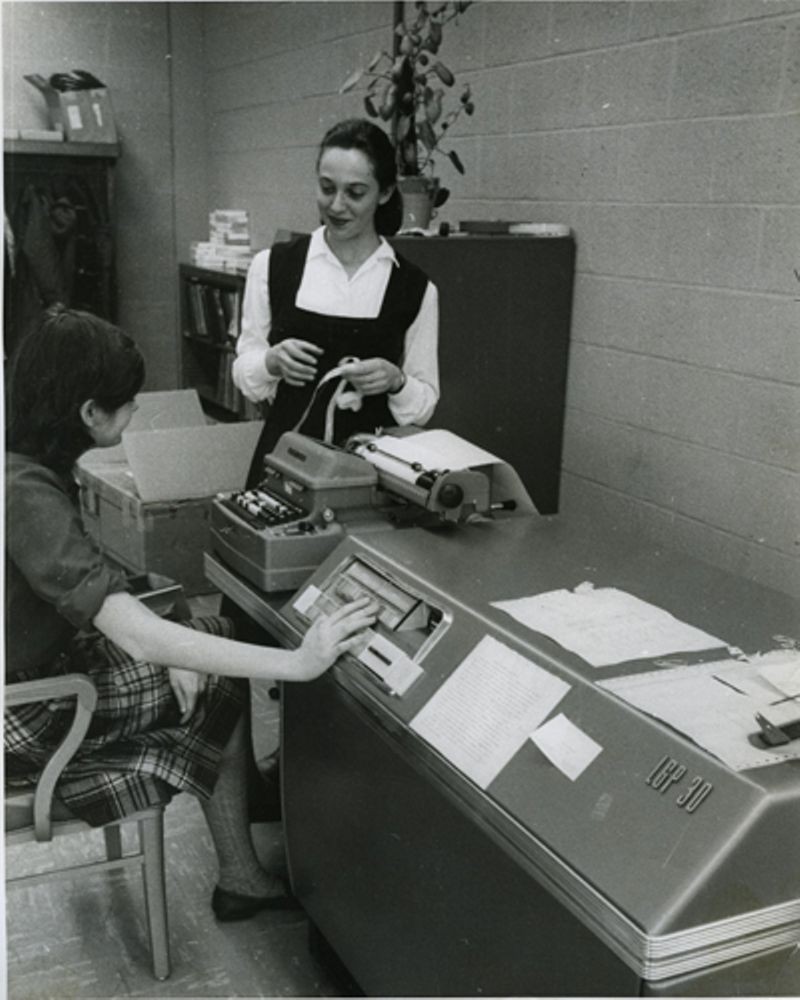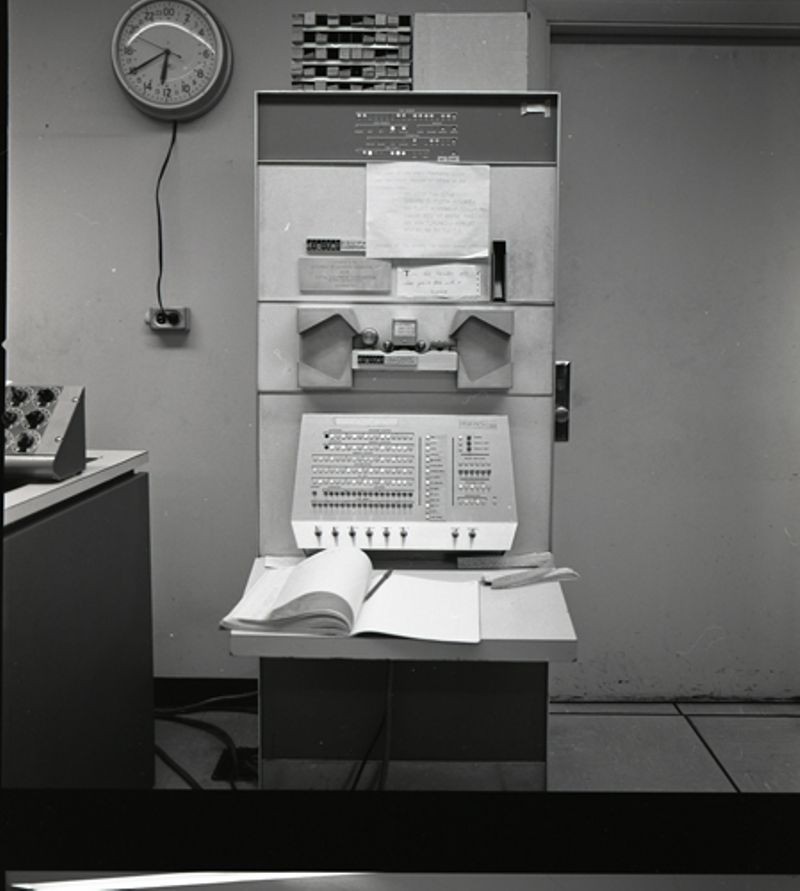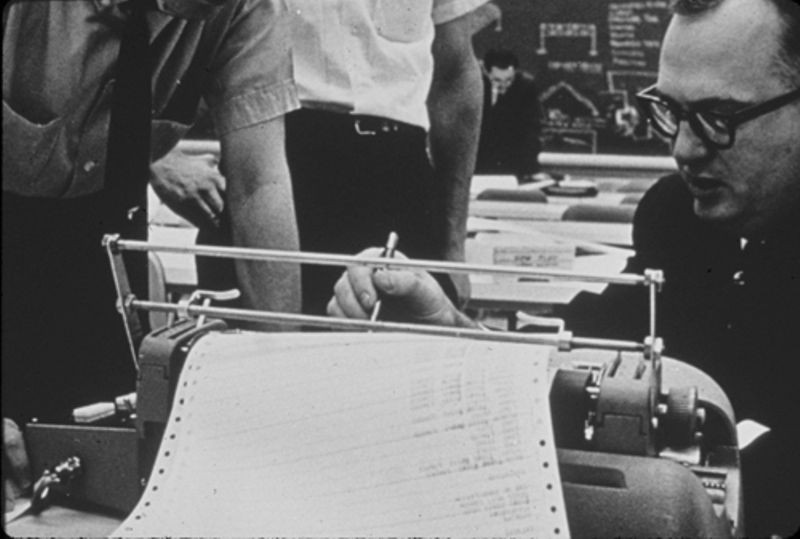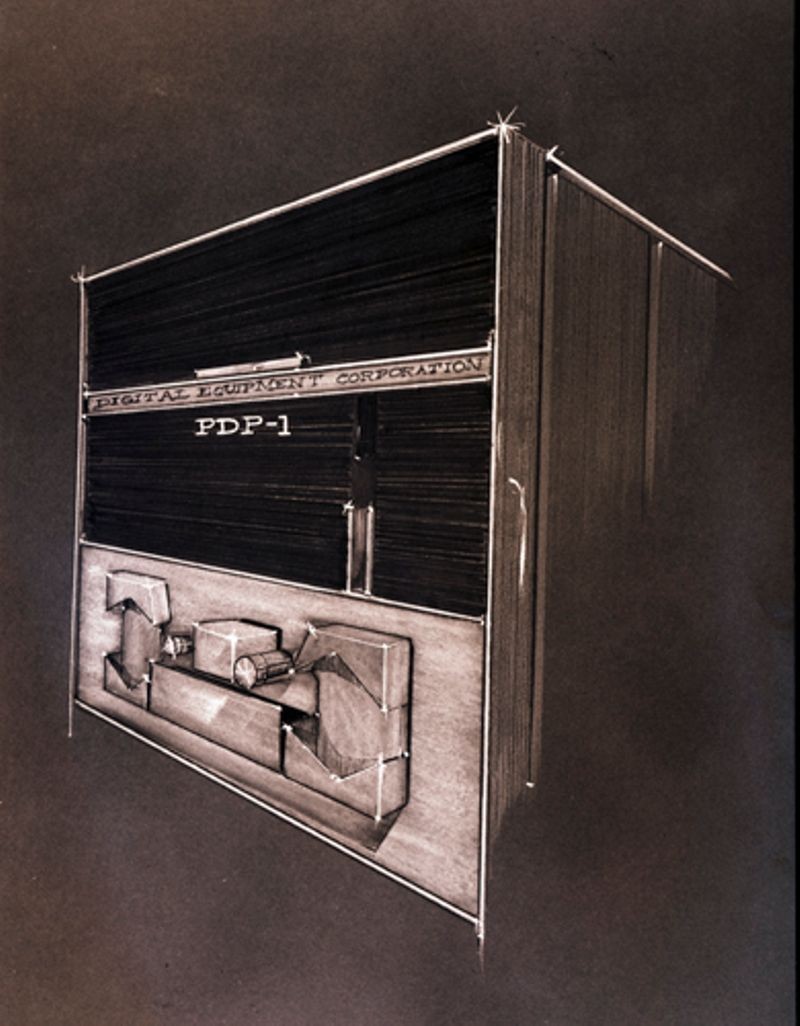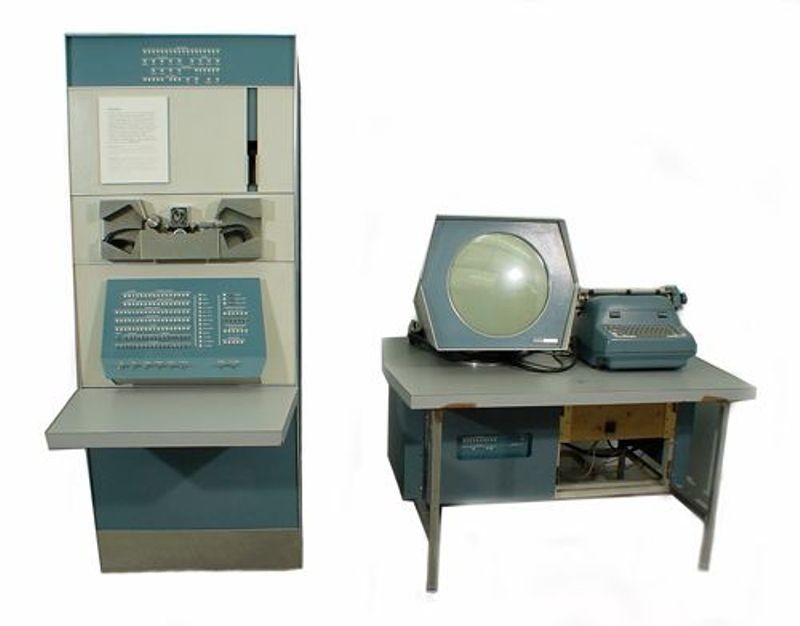Interactive Computing
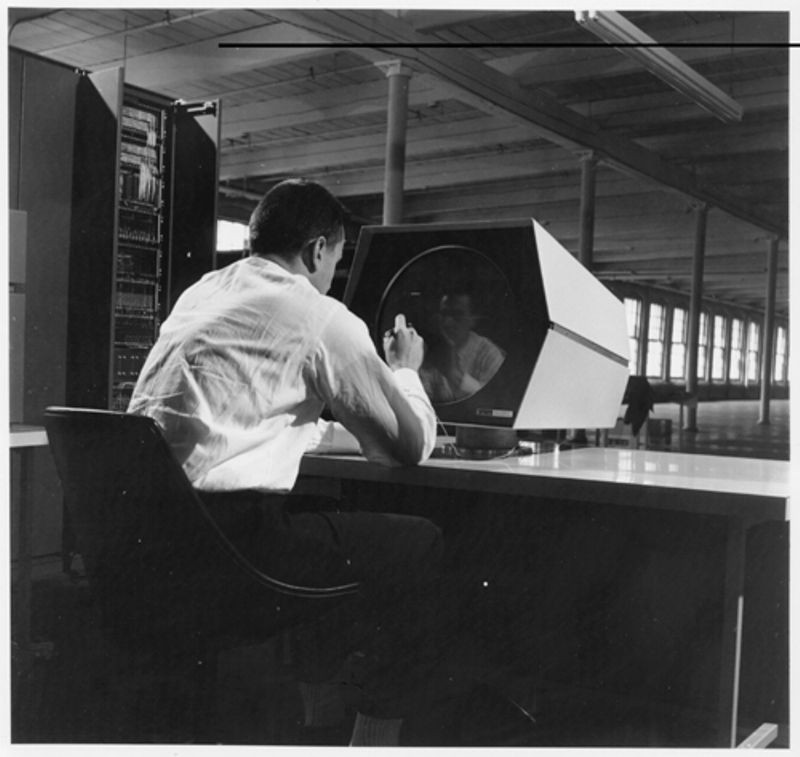
From the beginning of the commercial electronic computing era in the early 1950s, there have been two main modes of computing: batch and interactive.
In batch mode, individual programs are queued to be run alongside other user’s programs together, since the computer time is very valuable. This could mean that the results of a user’s work would not be returned for hours—or even days—until one’s particular program, combined with other user’s programs into a ‘batch,’ was submitted and run. Since even small changes had to go through this entire cycle, batch mode could be a slow and frustrating method of programming.
Interactive computing, on the other hand, emphasized the user’s time and ease of programming; typically, interactive computer systems had only one user at a time, a kind of very early ‘personal computer.’
Computers reflecting both approaches began to appear in the mid-1950s. The Bendix G-15, the IBM 610, the Librascope LGP-30, for example—in which only one user used the machine at a time and this user had complete control over the machine—were early examples of interactive computers. The room-filling, multi-million dollar mainframes of IBM and Univac were examples of batch mode machines.
The Digital Equipment Corporation’s (DEC) PDP-1 computer, introduced in 1961, was a blend of computing approaches arising from a sustained effort by a small group of MIT researchers whose work combined an interactive computing style running on multi-million dollar research computers like Whirlwind, TX-0, and TX-2. While only a privileged few graduate students, professors, and researchers had access to these enormously expensive single-user computers, they came to feel that all computers should be similarly ‘personal.’ Important interactive features of these new computers were the cathode ray tube display and the light pen, pioneered as the ‘light gun’ on the Whirlwind/SAGE computer. The PDP-1 was the first commercial computer with a light pen, a precursor to the mouse, and could also support many different input/output devices like plotters, and digitizing tablets.
DEC co-founder Ken Olsen had always wanted to produce computers in mass quantities. “Like television sets,” he once said. His intended market was scientists and engineers who would have powerful new computation resources all to themselves. Putting computers directly into the hands of the people who needed them defined early interactive computing, as it would the later personal and mobile computing eras.
For more information on this era of computer development see at The PDP-1.



